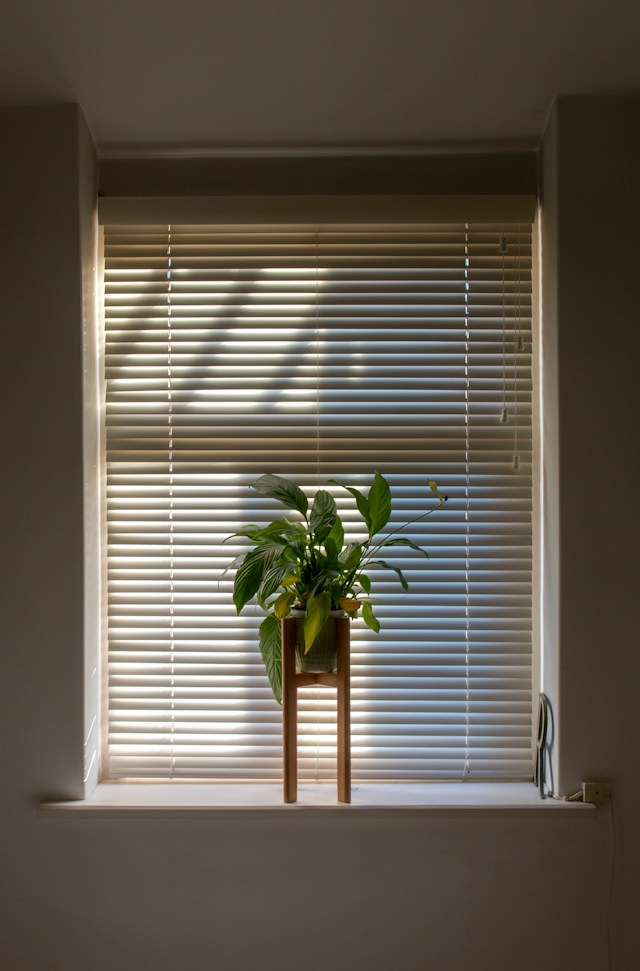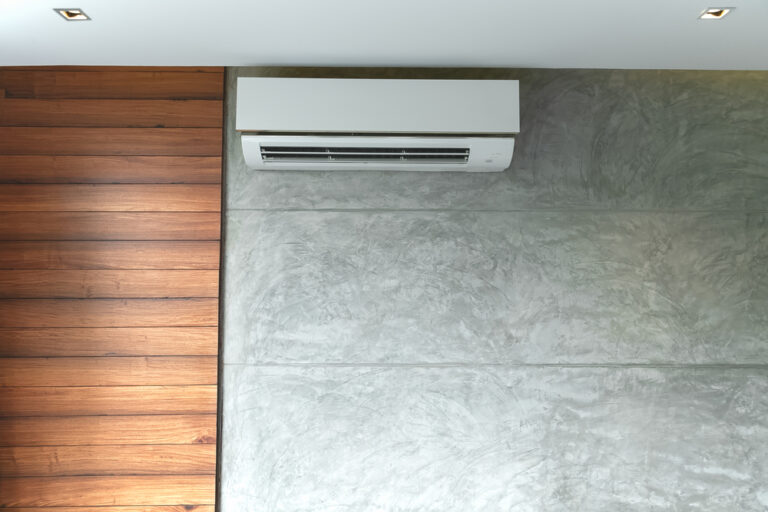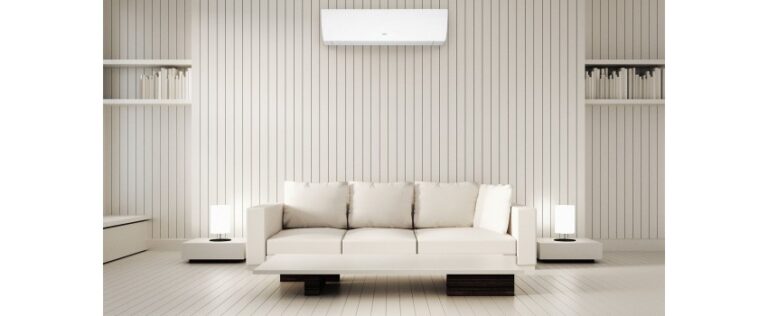As the vibrant hues of summer paint the New Zealand landscape, the season brings not only sunshine and outdoor adventures but also the challenge of managing indoor temperatures to ensure a comfortable living environment. With temperatures on the rise, the need for effective strategies to keep homes cool becomes crucial.
In this article, we explore a range of techniques tailored to the unique climate of New Zealand. It focuses on practical and sustainable approaches to maintain an optimum temperature within your home during the summer months. From using natural ventilation to strategic landscaping and embracing outdoor living, each strategy is designed to enhance comfort while promoting energy efficiency.

Use Curtains and Blinds Strategically:
During the hot summer months in New Zealand, when the sun is at its peak, strategic use of curtains and blinds becomes crucial for maintaining a comfortable indoor environment. The intensity of the sunlight can lead to significant heat gain within your home, making it essential to employ window coverings effectively.
Thermal curtains, in particular, offer an additional layer of insulation, acting as a barrier against both heat and cold. Investing in high-quality thermal curtains enhances your comfort and also contributes to energy efficiency by reducing the need for excessive cooling or heating.
Cross-Ventilation:
Cross-ventilation is a time-tested natural cooling strategy that takes advantage of the breeze to refresh indoor air. Opening windows on opposite sides of your house creates a pathway for air to flow through, promoting natural ventilation.
To further enhance this effect, consider using window fans strategically. Put fans so that they blow air out on the side where the wind is coming from and pull air in on the opposite side. This makes a strong breeze that removes old, warm air and brings in new, cooler air. This approach not only cools down your living space but also improves indoor air quality.
Optimize Air Conditioning Usage:
Air conditioning is a common go-to solution for beating the summer heat, but optimizing its usage is essential for both comfort and energy efficiency. Set your thermostat to a moderate temperature, ideally around 24-26 degrees Celsius, to balance comfort with energy conservation.
When you’re away from home or during the cooler evening hours, consider raising the temperature setting to reduce unnecessary energy consumption. Closing doors and windows while the air conditioner is running helps contain the cooled air within the living space, ensuring efficient operation.
Energy-Efficient Lighting:
The choice of lighting in your home can impact not only your electricity bills but also the indoor temperature. Transitioning to energy-efficient LED bulbs is a simple yet effective strategy for reducing both energy consumption and heat emission.
Unlike traditional incandescent bulbs, LED bulbs convert a higher percentage of electrical energy into light rather than heat. This not only contributes to a cooler indoor environment but also aligns with sustainable energy practices.
Shade Outdoor Spaces:
Creating shaded outdoor spaces not only enhances your living experience but also plays a role in controlling indoor temperatures. Strategically placing shading elements, such as umbrellas, pergolas, or shade sails, can prevent direct sunlight from heating the exterior walls and windows of your home.
By minimising heat absorption outdoors, you indirectly reduce the transfer of warmth into your living space. This approach not only contributes to a cooler home but also extends your usable outdoor areas during the warmer months.
Use Cool Roofing Materials:
The choice of roofing materials can significantly impact your home’s temperature, especially during the summer. Cool roofing materials are designed to reflect a larger percentage of sunlight and absorb less heat compared to traditional roofing materials.
If you’re considering roof renovations or replacements, exploring cool roofing options can contribute to energy efficiency and make a notable difference in maintaining a cooler indoor environment. Cool roofing not only reflects sunlight but also radiates absorbed solar heat, preventing it from being transferred to your home’s interior.

Cool Evening Activities:
Scheduling activities that generate heat during the cooler parts of the day is a practical and energy-conscious approach to managing indoor temperatures. In the peak of summer, when daytime temperatures are at their highest, planning activities such as cooking, exercising, or engaging in hobbies during the evening can help avoid unnecessary heat buildup inside your home.
By aligning your daily routine with the natural temperature fluctuations, you can reduce the need for additional cooling measures and make the most of the naturally cooler evening hours.
Programmable Thermostats:
The advent of smart home technology has introduced programmable thermostats, offering a convenient way to optimise your home’s temperature settings. During the summer, programming your thermostat to adjust temperatures based on your daily schedule is a valuable strategy.
Set higher temperatures when you’re away from home or during the night when cooler temperatures prevail. Program the thermostat to lower temperatures in anticipation of your return or during the warmer parts of the day. This not only ensures comfort but also contributes to energy savings by avoiding unnecessary cooling when it’s not needed.
Maintain Cooling Appliances:
Regular maintenance of cooling appliances, such as fans and air conditioners, is crucial for their optimal performance. Neglecting routine maintenance can lead to reduced efficiency and increased energy consumption.
One key element of maintenance is the regular cleaning or replacement of air filters. Clogged filters restrict airflow, forcing cooling systems to work harder. Additionally, inspecting and cleaning coils, vents, and other components ensures that your cooling appliances operate at peak efficiency, delivering effective cooling without unnecessary energy consumption.
Outdoor Landscaping:
Strategic landscaping is a holistic approach to temperature control, impacting both indoor and outdoor environments. Planting deciduous trees strategically around your property offers dual benefits. In the summer, these trees provide natural shade, reducing the amount of direct sunlight that reaches your home.
The shading effect not only keeps indoor temperatures lower but also minimizes the workload on your cooling systems. Additionally, in the winter, deciduous trees shed their leaves, allowing sunlight to penetrate and contribute to natural heating.
Reflective Roofing or Coating:
The roof of your home is a major surface exposed to sunlight, making it a crucial element in temperature management. Reflective roofing or coating materials, designed to reflect a significant portion of sunlight, can substantially reduce heat absorption.
These materials are particularly effective in regions with intense sunlight, such as New Zealand during the summer. By reflecting sunlight away from your home, reflective roofing contributes to maintaining a cooler indoor environment, reducing the need for extensive cooling measures.

Opt for a Light-Colored Exterior:
The colour of your home’s exterior can influence its heat absorption characteristics. Opting for light-coloured exterior paint or materials is a straightforward strategy for temperature control. Light colours, such as whites or pastels, reflect more sunlight and absorb less heat compared to darker colours.
This choice not only contributes to a cooler indoor environment but also enhances the overall energy efficiency of your home by minimising heat gain through the walls.
Use Natural Ventilation at Night:
Leveraging cooler nighttime temperatures through natural ventilation is an age-old, sustainable cooling strategy. During the summer, especially in regions with distinct temperature variations, open windows during the evening to allow fresh, cool air to circulate through your home.
This natural cooling method not only refreshes indoor air but also dissipates accumulated heat, preparing your living space for a more comfortable night’s sleep. Embracing natural ventilation reduces reliance on mechanical cooling systems, promoting energy efficiency and a connection with the surrounding environment.
Upgrade Insulation:
While insulation is often associated with retaining heat in winter, its role in temperature control extends to the summer months. Effective insulation acts as a barrier, preventing external heat from penetrating your home and helping maintain a stable indoor temperature. In regions with hot summers, ensuring that your home is well-insulated is essential.
Consider upgrading insulation in key areas, such as attics and walls, using materials with high thermal resistance. This not only supports temperature control but also contributes to overall energy efficiency by reducing the workload on cooling systems.

Stay Hydrated:
Personal comfort during the summer goes beyond environmental factors, and staying hydrated is a fundamental aspect of well-being. Hydration helps regulate body temperature and ensures that you can comfortably tolerate higher ambient temperatures.
When combined with effective temperature control strategies within your home, staying hydrated contributes to an overall sense of comfort during the warmer months. Consider incorporating hydration stations or reminders in your daily routine to promote a healthy and comfortable living environment.
Outdoor Cooking:
Outdoor cooking is not only a delightful summer activity but also a strategic measure for temperature control within your home. Traditional indoor cooking methods generate heat, contributing to increased indoor temperatures.
By utilising outdoor cooking options, such as barbecues or outdoor kitchens, you can prepare meals without adding unnecessary heat to your home’s interior. This approach not only aligns with the spirit of summer but also minimises the need for additional cooling measures, contributing to energy efficiency.
Seal Gaps and Cracks:
Proper sealing of gaps and cracks around doors and windows is a fundamental step in maintaining a consistent indoor temperature. Inefficient seals allow warm air to enter your home during the summer, increasing the workload on cooling systems. Regularly inspect door and window seals for wear and tear, and replace or repair them as needed.
Additionally, address any gaps or cracks in the building envelope, including walls and floors, to minimise heat transfer. By maintaining a tight seal, you ensure that cooled air remains inside, promoting energy efficiency and optimal comfort.
Outdoor Water Features:
Integrating outdoor water features, such as fountains or ponds, into your landscaping design offers both aesthetic and functional benefits. The evaporative cooling effect of water contributes to a more comfortable outdoor environment, reducing the overall ambient temperature. Placing water features strategically, especially in outdoor living areas, creates a cool and refreshing atmosphere.
This not only enhances your outdoor experience but also indirectly influences indoor temperatures by mitigating the heat impact on adjacent exterior surfaces.
Schedule Activities Wisely:
Strategically planning daily activities based on temperature variations throughout the day is a practical approach to managing heat exposure. In the peak of summer, daytime temperatures can be challenging, making early morning and late afternoon ideal times for outdoor activities.
By scheduling strenuous or heat-generating activities during the cooler parts of the day, you can minimise the impact on indoor temperatures. This approach aligns with the natural rhythm of temperature fluctuations and contributes to a more comfortable living environment.
Expanding on these points provides a complete guide to maintaining an optimal temperature in your New Zealand home during the summer months. Each strategy, when implemented thoughtfully, contributes not only to immediate comfort but also to long-term energy efficiency and sustainability.
In the heart of a New Zealand summer, the art of temperature control is a dynamic blend of traditional wisdom and modern innovation. The strategies outlined in this guide offer a holistic approach, addressing both immediate comfort and long-term sustainability.
Whether it’s harnessing the cool breeze, optimising air conditioning usage, or integrating outdoor water features, these tactics empower homeowners to create a living environment that is not only thermally comfortable but also aligned with principles of energy efficiency.
As we embrace the warmth of the season, let these strategies guide us towards a summer retreat that is cool, inviting, and in harmony with the unique beauty of New Zealand.



